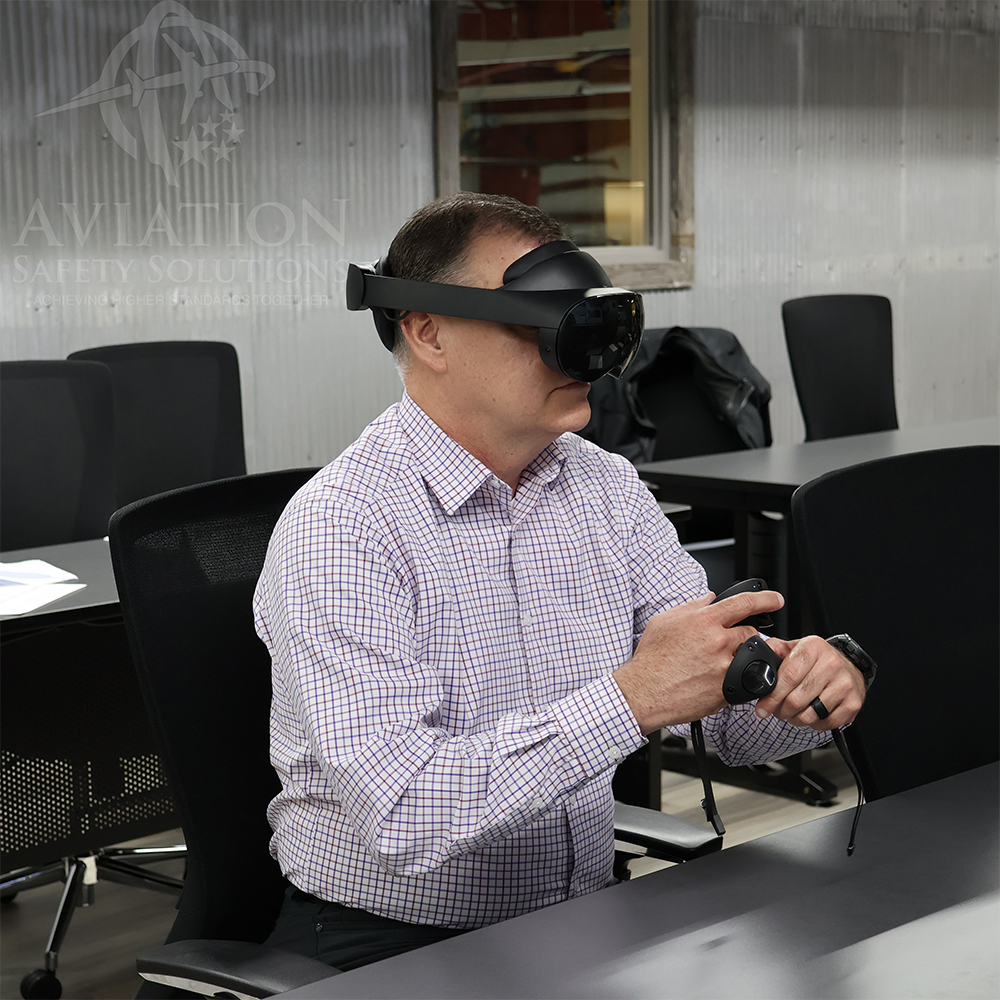Info
&
Insights
Embracing the Future: The Transformative Role of Technology in Safety Management Systems
August 1, 2023

In an ever-evolving world, the landscape of safety management systems is being reshaped by rapid advancements in technology. From artificial intelligence to the Internet of Things, innovative solutions are revolutionizing how organizations approach safety, proactively identify risks, and mitigate potential hazards. As we peer into the future, the integration of technology promises to usher in a new era of enhanced safety measures and unprecedented levels of protection.
Predictive Analytics and Risk Mitigation
One of the most significant contributions of technology to safety management systems is the emergence of predictive analytics. By harnessing the power of big data, organizations can analyze historical information, real-time data streams, and various external factors to forecast potential risks and mitigate them before they materialize. These advanced algorithms enable safety professionals to make data-driven decisions, prioritize resources, and allocate efforts where they are most needed.
Internet of Things (IoT) and Connected Safety
The IoT, a network of interconnected devices and sensors, is transforming safety management systems by creating a web of real-time information. From wearable devices that monitor vital signs and detect hazardous conditions to smart sensors that track environmental factors, the IoT enables a connected safety ecosystem. This connectivity facilitates rapid response times, enables remote monitoring, and empowers safety professionals with actionable insights for timely intervention.
Virtual and Augmented Reality for Training and Simulations
Virtual and augmented reality technologies are revolutionizing safety training and simulations. By immersing individuals in realistic, virtual environments, these technologies enable hands-on experiences without exposing workers to actual risks. Employees can practice emergency response procedures, explore hazardous environments, and develop critical decision-making skills in a safe and controlled setting. VR and AR not only enhance training effectiveness but also reduce costs associated with physical simulations.
Drones and Robotics for Risk Assessment and Inspections
Unmanned aerial vehicles (UAVs), commonly known as drones, are increasingly employed in safety management systems for risk assessment and inspections. Drones can access difficult-to-reach areas, perform inspections with high precision, and capture visual data for analysis. They eliminate the need for human workers to enter hazardous zones, thereby minimizing exposure to potentially dangerous environments. Additionally, robotics play a crucial role in automating repetitive and high-risk tasks, reducing human error and enhancing overall safety.
Artificial Intelligence for Incident Prediction and Response
Artificial intelligence (AI) is rapidly transforming safety management systems by enabling advanced incident prediction and response capabilities. Machine learning algorithms can analyze vast amounts of data, identify patterns, and predict potential safety incidents with a high degree of accuracy. AI-powered systems can also provide real-time recommendations for mitigating risks and assist in decision-making during emergencies. By leveraging AI, organizations can achieve a proactive and preventive approach to safety, reducing the likelihood of accidents and their associated consequences.
The future of safety management systems is inherently intertwined with technology. As organizations embrace innovative solutions, they gain the ability to anticipate, prevent, and respond effectively to safety hazards. By leveraging predictive analytics, the IoT, virtual and augmented reality, drones, robotics, and artificial intelligence, safety professionals can create an environment that fosters proactive risk management, continuous improvement, and employee well-being. As we move forward, the integration of technology into safety management systems will undoubtedly play a pivotal role in ensuring a safer and more secure future for all.
###





